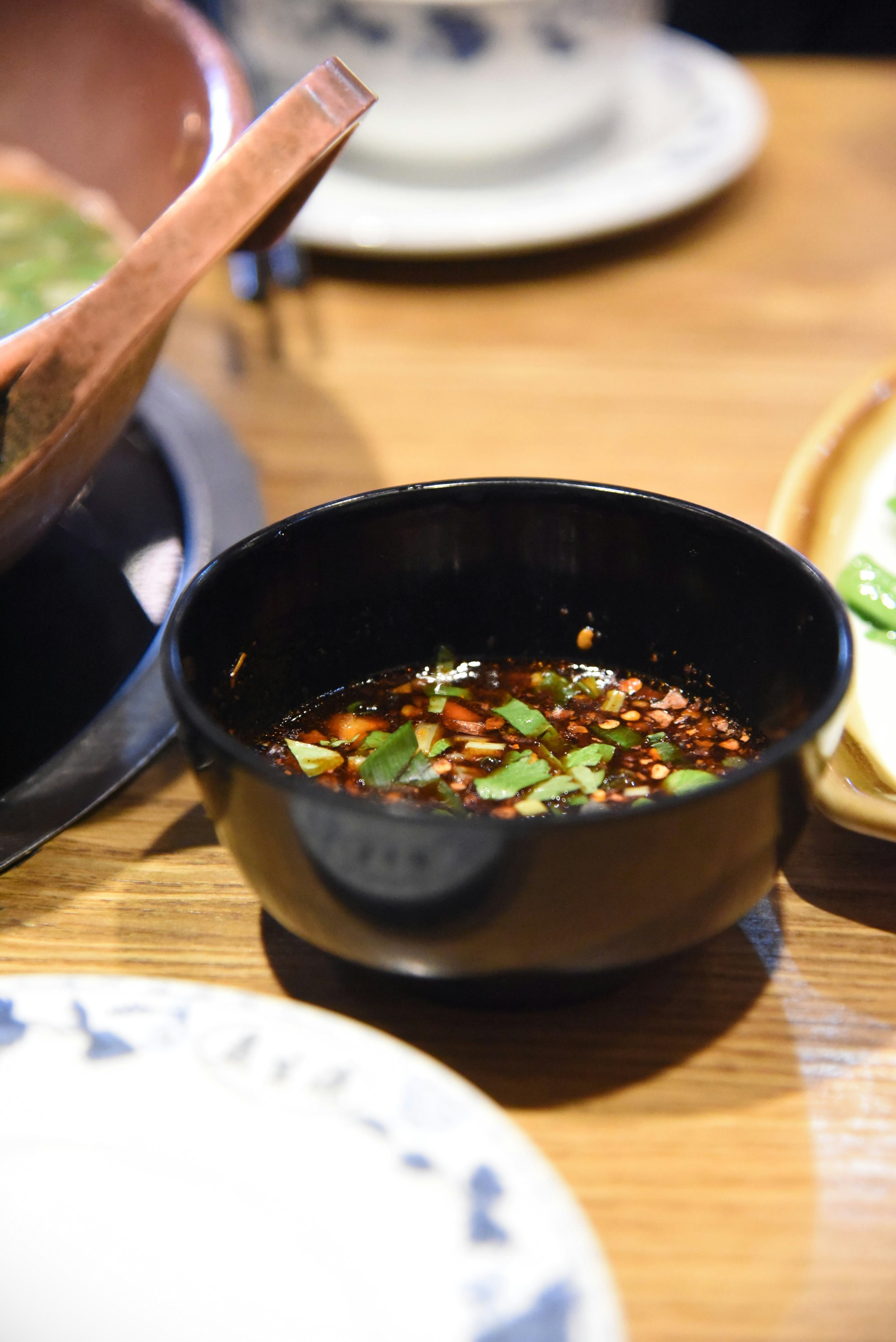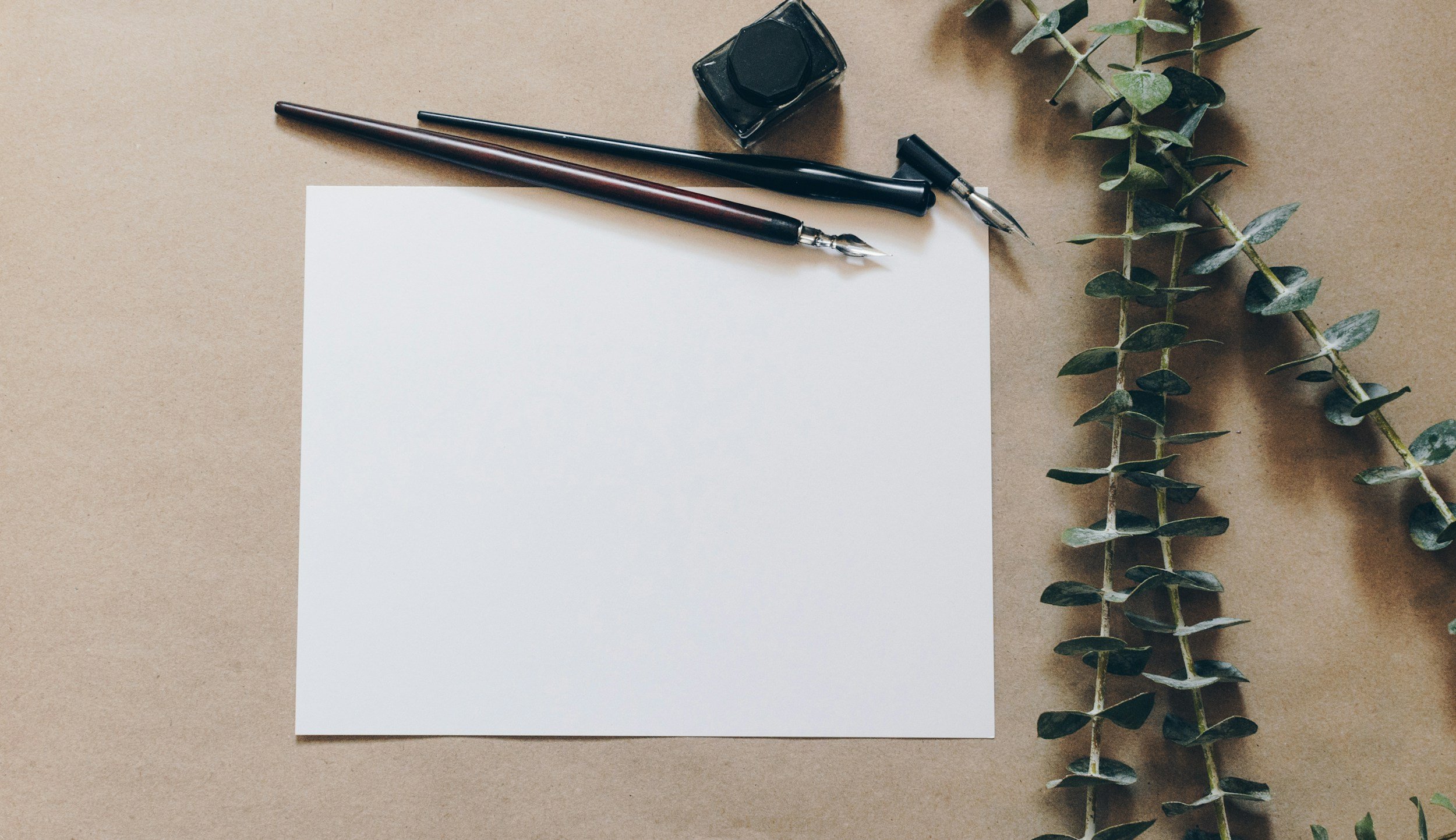The Gratitude Panini: A Toasted Tribute
Sometimes, the best way to cultivate gratitude is through the simple act of savoring a delicious meal. This panini, layered with prosciutto, turkey, creamy burrata, and a sweet kick of fig jam and hot honey, is more than just a comforting sandwich—it’s a chance to reflect on the good in your life. As you build each layer, think about the people and moments you’re thankful for. Not only will you nourish your body, but you’ll also boost your mood, reduce stress, and enhance your emotional well-being. Eating mindfully and embracing gratitude can create a sense of balance and joy, one bite at a time.
This recipe is interwoven with writing a gratitude letter to someone you appreciate. This offers several mental health benefits that can significantly improve emotional well-being and foster resilience. The process of writing, reflecting, and expressing gratitude not only enhances your mood but also promotes positive cognitive and emotional shifts. Here’s a closer look at the mental health benefits:
1. Improves Mood and Emotional Well-Being: Writing a letter of gratitude can significantly improve mood by shifting focus away from stress, anxiety, or negative thoughts toward positive memories and experiences. Reflecting on what you appreciate about someone allows you to recall the positive aspects of your life and your relationships, helping to uplift your emotional state.
Benefit: Reduces negative emotions (like sadness, anger, or stress) and promotes a more positive outlook on life.
Why It Works: The brain has a natural tendency to focus on negative stimuli, a phenomenon known as the "negativity bias." Gratitude counters this bias, helping to rewire your brain to focus more on the positive, which can lift your overall mood.
2. Reduces Stress and Anxiety: The act of writing can be meditative, providing a calming break from the constant mental chatter that contributes to anxiety. By focusing on gratitude rather than worrying about the future or replaying past events, you interrupt the cycle of anxious thoughts and create space for emotional regulation.
Benefit: Alleviates stress and anxiety by allowing the mind to focus on positive experiences and personal connections.
Why It Works: Writing activates the parasympathetic nervous system, which is responsible for calming the body’s stress response. As you reflect on positive aspects of your life, your body and mind shift into a more relaxed, balanced state.
3. Enhances Emotional Intelligence and Self-Awareness: When you write a gratitude letter, you take time to reflect on your emotions and identify the people who have positively impacted your life. This process helps you develop greater emotional intelligence — the ability to recognize and understand your own feelings as well as those of others.
Benefit: Strengthens emotional awareness and helps you connect with others on a deeper level.
Why It Works: By identifying specific actions and qualities you appreciate in others, you cultivate empathy and emotional insight. This awareness can translate into stronger, more supportive relationships and a better understanding of your own emotional needs.
4. Promotes a Growth Mindset: Writing gratitude letters can help you recognize how your experiences, especially challenging ones, have contributed to personal growth. This is an essential component of a growth mindset, where you view challenges as opportunities for learning and development rather than as setbacks.
Benefit: Fosters a mindset of resilience, helping you frame setbacks as learning experiences rather than sources of frustration or defeat.
Why It Works: Gratitude encourages a positive reframing of life events, helping you focus on what you’ve learned from struggles rather than just the difficulties themselves. This shift in perspective nurtures resilience, which is a key factor in mental well-being.
5. Strengthens Social Connections: Expressing gratitude through a letter reinforces and deepens your relationships. Taking the time to acknowledge someone's positive impact on your life can help strengthen feelings of closeness, mutual respect, and emotional support. This process fosters healthy, positive relationships, which are critical for maintaining good mental health.
Benefit: Enhances social bonds and reduces feelings of loneliness or isolation.
Why It Works: Social connection is one of the most significant contributors to mental health. Writing a gratitude letter not only affirms your appreciation of others but also reinforces the sense of connection and belonging that is vital for emotional well-being.
6. Encourages Mindfulness: Writing a gratitude letter requires a person to be present in the moment, reflecting on specific details and feelings about the person they’re thanking. This mindfulness practice helps you to focus on the here and now, moving away from worries about the past or future.
Benefit: Promotes mindfulness, which helps regulate emotions and reduce rumination.
Why It Works: Mindfulness practices are known to reduce stress, enhance cognitive flexibility, and help people manage overwhelming emotions. By focusing on gratitude, you naturally engage in a mindful practice that can improve mental clarity and emotional stability.
7. Boosts Self-Esteem and Self-Worth: When you write a letter of gratitude, you often also reflect on how others have helped, supported, or believed in you. This process can make you feel valued and appreciated, boosting your sense of self-worth.
Benefit: Increases feelings of self-esteem and reinforces your sense of personal value.
Why It Works: Gratitude helps to shift focus from what’s missing in your life to what you already have. Acknowledging the people who have shown love and care for you reinforces a positive self-image and enhances feelings of self-worth.
8. Promotes Emotional Healing: If you’ve experienced difficult or hurtful situations, writing a letter of gratitude can help you come to terms with those events in a healthier way. For instance, you may feel grateful to someone who helped you through a tough time, or you may feel appreciation for how a difficult relationship taught you important lessons.
Benefit: Encourages emotional healing by helping you reframe painful experiences in a way that highlights growth and healing.
Why It Works: Gratitude allows you to reframe past traumas or struggles, helping you to see them as part of your healing journey. Writing a gratitude letter can create space for forgiveness and acceptance, both toward others and yourself.
Ingredients:
For the Panini:
Focaccia bread (sliced to your desired sandwich thickness)
Prosciutto (thinly sliced)
Turkey breast (sliced)
Garlic aioli (for spreading)
Fig jam (for spreading)
Chili Crunch (a spicy topping, drizzle or spread lightly, we love this one)
Arugula (a handful for freshness and bite)
Burrata (sliced or torn into chunks)
For the Gratitude Letter:
Paper – Choose a quality piece of stationery, notebook, or even a plain sheet of printer paper, depending on the tone you want.
Pen – A smooth-flowing pen that you enjoy writing with (a fountain pen or a favorite ballpoint can make the experience feel more special).
Envelope – If you plan to mail the letter, a nice envelope to seal your message.
A Quiet Space – A peaceful, distraction-free environment to help you focus and reflect as you write your letter.
A Cup of Tea or Coffee (Optional) – A warm drink to help you relax and enhance the reflective mood while writing.
Time – A little uninterrupted time to pour your thoughts into the letter without rushing.







Instructions:
Setting Your Intentions:
Before you begin preparing your panini, it is beneficial to take a few deep breaths to ground yourself. Setting an intention for this practice can enhance your experience; consider that you are about to create a nourishing meal for yourself and someone else. Use this time not only to cook but also to express gratitude through writing.
Gathering Your Tools:
As you assemble the ingredients, be sure to gather your journal, paper, and pen for the writing portion of this activity. Alternatively, you can use your phone or computer if you prefer typing, although handwritten letters often convey a more personal and intentional touch.
Writing a Letter While Cooking:
Think of someone you hold gratitude for—this could be a friend, family member, colleague, or mentor. As you prepare the panini, allow your appreciation for this person to flow onto the page. There is no need to rush, and the writing does not have to be perfect; aim for a genuine expression of thanks. For instance, while spreading garlic aioli, you might reflect on the positive impact this individual has had on your life: - “I’m so thankful for you; you’ve always been there to support me, even during tough times. Your kindness and patience have made a significant difference.” As you add ingredients like turkey and prosciutto, think about their strength and support: - “Your strength has been a guiding light for me, and I appreciate how you’ve stepped in when I needed someone the most.” When incorporating a soft ingredient like burrata, consider how this person has nurtured and cared for you: - “Just like the softness of this cheese, your love and care have provided me with comfort and stability. I am grateful for how you make me feel at home.”
Pausing and Reflecting:
While grilling the panini, take a moment to review what you’ve written. Consider whether your thoughts feel complete or if there’s more you wish to express. As you listen to the sizzling sounds and inhale the aromas, reflect on the depth of your gratitude.
Finishing the Letter:
Conclude your letter with a heartfelt statement of thanks. You might include something you are looking forward to experiencing together or a simple expression of appreciation: - “Thank you for being such an important part of my life. I am lucky to know you and will always be grateful for your love and support.”
Optional: Sending the Letter:
After finishing your panini, consider sending the letter to the person you wrote it for. This can be done through traditional mail, email, or even a thoughtful text message. Sharing your gratitude can strengthen your connection and let them know how much they mean to you.
Reasons This Practice is Effective:
Mindfulness: Writing the letter while cooking helps you stay present, allowing you to engage with your gratitude more deeply.
Emotional Release: Documenting your feelings of gratitude can facilitate processing emotions and enhance your connection to the person you are acknowledging.
Personal Connection: Conveying your thoughts of appreciation strengthens relationships and shows individuals how much they impact your life.
This practice can transform an ordinary cooking task into a significant moment of connection and appreciation, infusing positivity and warmth into both your life and the life of the person you are thanking.
As an Amazon Associate, I earn from qualifying purchases. See full affiliate disclosure here.

